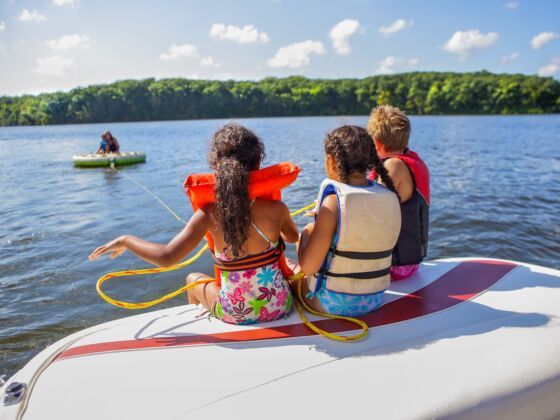Having been a kid until recently, legally speaking (and, internally, for probably the rest of my life), I know all about the wonder and excitement that comes from being immersed in nature, surrounded by the calls and chirps of an orchestra of unseen animals, and being dwarfed by and seeing my parents equally small among impossibly tall trees or rock formations. Getting out of the house and into the wild was a special treat, since my parents were 9-to-5ers, and it was always too hot in Las Vegas to go out by myself.
Now that I’m older, I routinely forget that every once in a while I need to get back out, away from the sharp unnatural angles of the city, my apartment, and the corners of the bills that keep showing up every month without fail. I need to get back to the trees, to the crisp air, and to paths that were made by water and generations of animals rather than people and asphalt pavers.
Here are five places that make it easy to stoke out your kids on adventures in nature (and which can be pretty fun for you,too).
